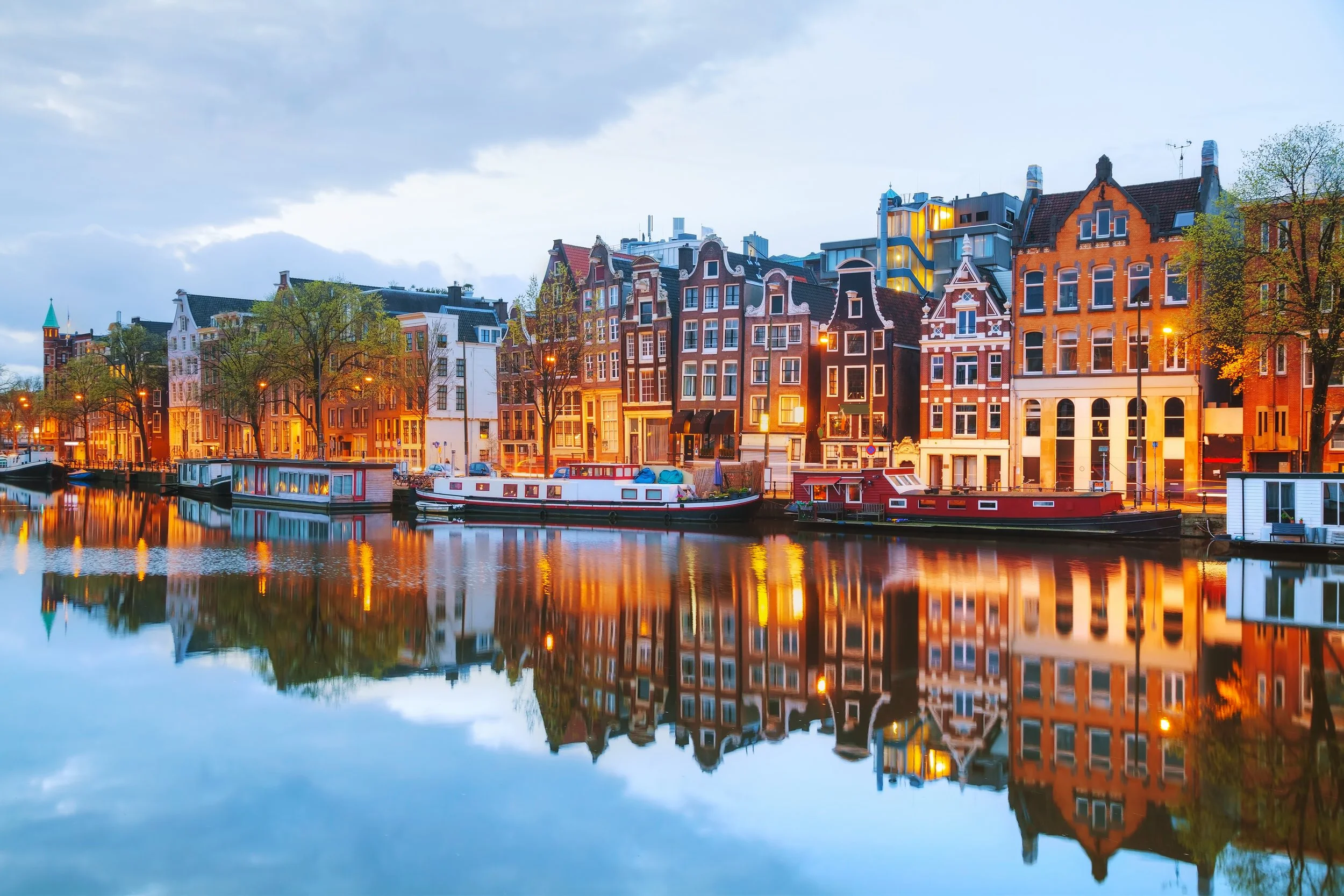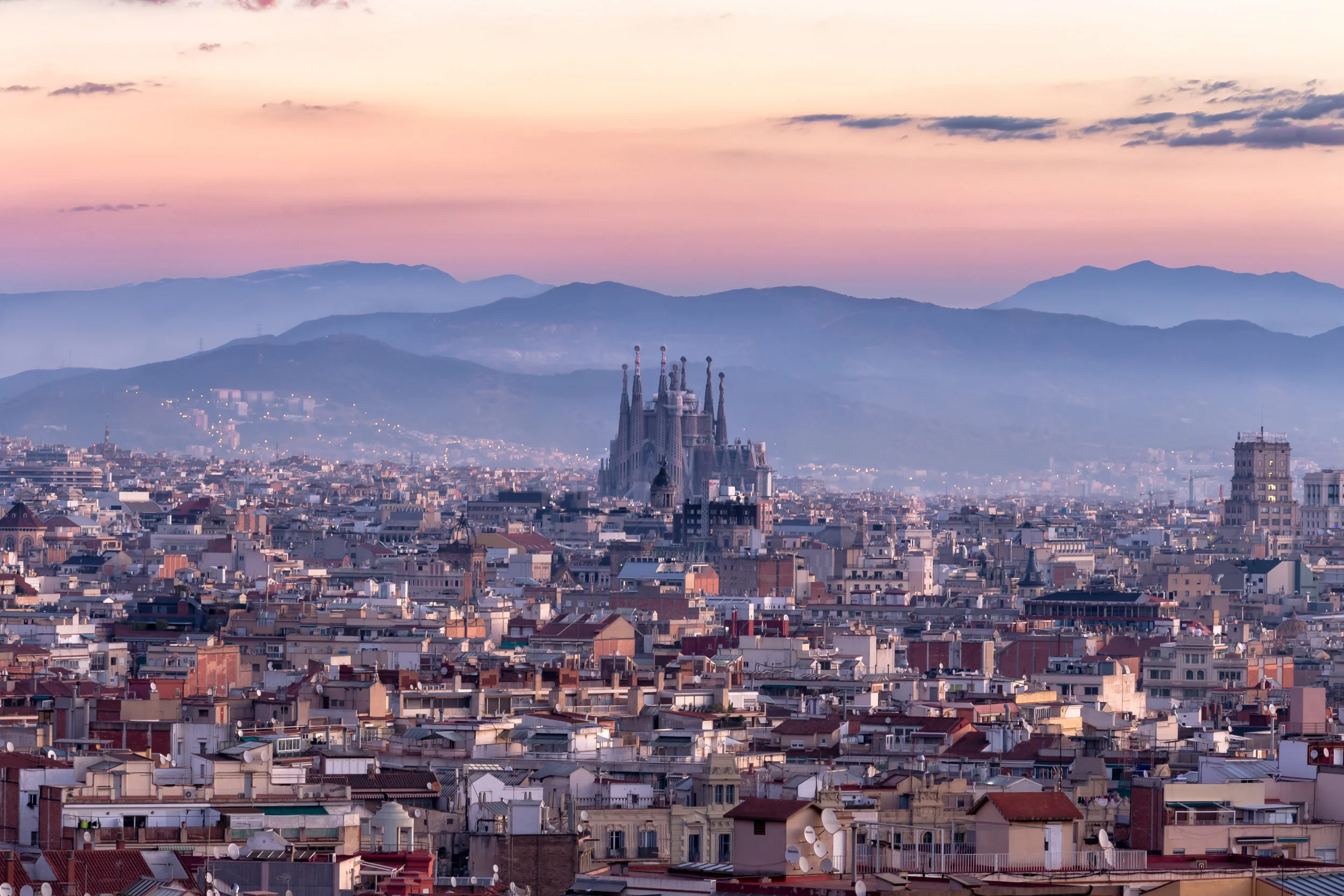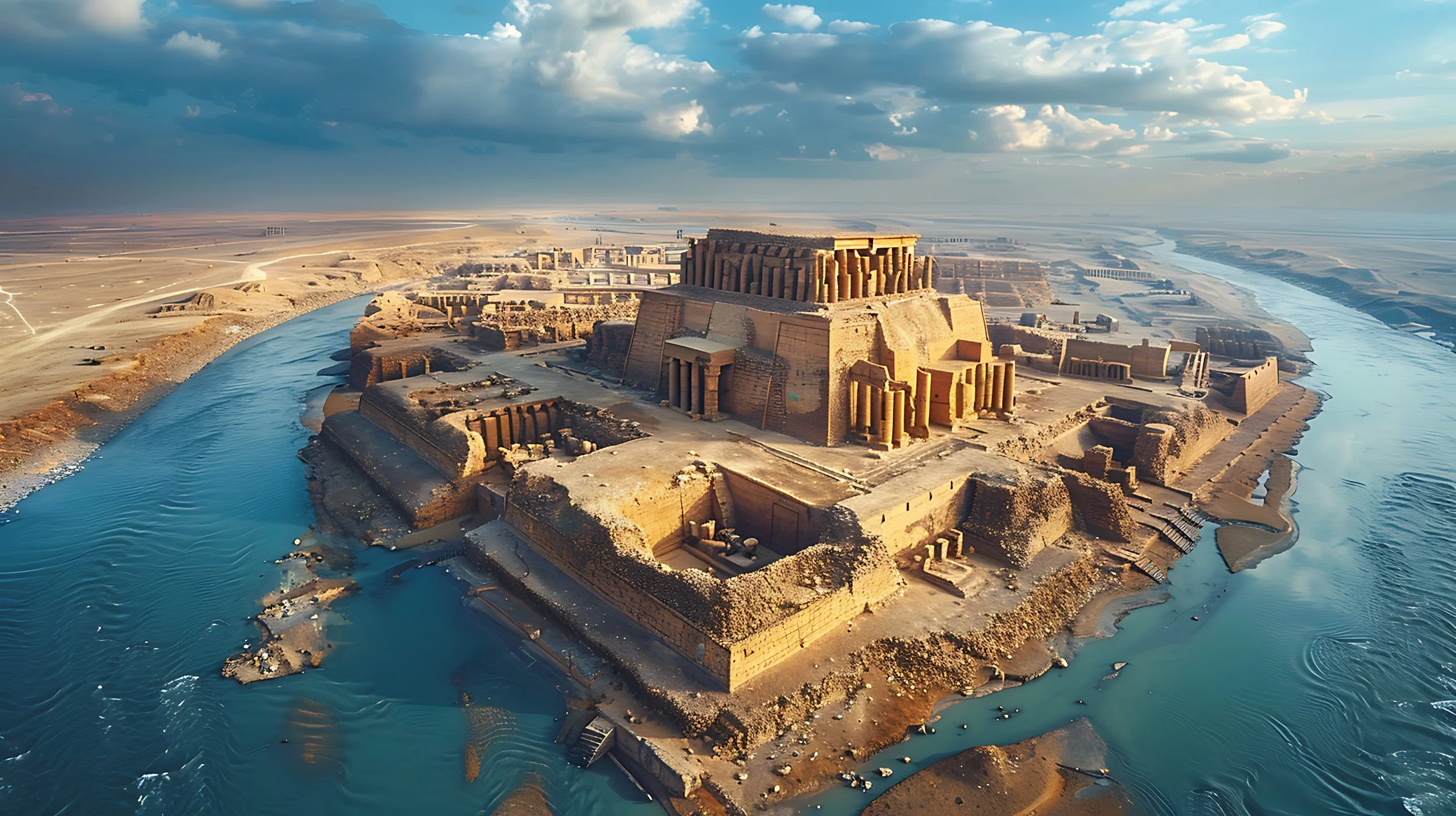A Brief History of the Monastery and its Contributions to the Contemporary City
A Brief History of the Monastery and its Contributions to the Contemporary City
In the fifth century, Rome was in steady decline. The empire fell apart due to prolonged outside attacks and the hedonistic, corrupt culture that developed among its leaders and citizens. Life became hollow, brutal, and meaningless. A new religion called Christianity emerged, along with a reimagined way of life. Small ascetic Christian groups began to withdraw from society throughout the Roman Empire. Many of these early groups can be traced to the deserts of northern Egypt.
They promoted humility, modesty, peace, solitude, and silence. They aspired to seek safety and solace for their psyches and souls. They believed a deeper, more meaningful existence was available. Many of these groups resided in or on the outskirts of the large cities, while others migrated far out into the deserts, seeking as much separation from civilization as possible.
These groups of people were the beginning of the monastic tradition, and over time, their values and lifestyle would materialize in the architectural form of a monastery and cloister. The small communities would denounce ideas of property, materialism, status, and power.
A young priest named Benedict would join a group of aesetics and found a monastery at Monte Cassino, just south of Rome. They developed a set of rules and rituals that would become a foundational text for Western monasticism.
Life in the Monastery
The daily cadence of the early monastic settlements was organized around a predictable sequence of humble rituals aimed at the selfless enrichment of the inner soul. They embraced hard work and a lifestyle of poverty. Many viewed the monastery as an island of paradise separate from the outer world. In their eyes, it was the earthly creation of the Heavenly City.
The monastery was intended to be self-sufficient, containing all the functions and producing all the goods necessary to support the community. Different types of buildings were constructed to facilitate the various components of daily life, all of which were typically centered around the church and cloister.
The cloister was a covered walkway flanked by a colonnade or series of columns with a courtyard at the center. In the courtyard's center was often a fountain, tree or series of walking paths for daily contemplation. There were sleeping quarters for the monks, guest rooms, a refectory or dining hall, and a church. Many had stables and outbuildings for specialized work and farming. Gardens and fields for raising crops and livestock encircled the community.
Economic Contribution of the Monasteries
The monks developed their own specializations and vocations. They tended fields, brewed beer, baked bread, copied books, painted, made various products, and studied literature. Their work was interwoven with regular prayer throughout the day. The monastery can be credited for preserving much of Western culture’s history. Without them, many books and literature would be lost.
Monasteries were often the social and economic foundations of a community. They produced a surplus of goods and food to be sold or traded with the broader community. The profits were re-invested into the monastery to acquire more land for farming or building new buildings. Royal families often offered large donations to the monastery to gain political control of the community and obtain religious salvation.
The monasteries were immune to many city obligations. Monks and priests often enjoyed extensive tax immunity and freedom from typical military or civic obligations. Because they did not have families, they often outperformed outside competition in their various trades, resulting in monopolies and control of certain industry sectors in their towns. In many cases, these factors, among others, gave the church and monastery full autonomy and separation from the city. The ever-increasing separation and sometimes manipulation of this autonomy is still an issue we face today in our contemporary cities.
Monasteries and the small towns developed around them significantly differed from typical past cities. They were the seedlings of a new type of city, prototypes of a healthier, more functional civilization.
From Monastery to Medieval City
Over time, as more people accepted Christianity and the monasteries prospered, their footprint and wealth grew. Settlements began to develop outside their walls, eventually blossoming into small towns. With the church and monastery at the center, the citizens assimilated many monastic values, work ethics, and rituals.
Trade and commerce flourished in this environment. There was a strong foundation of trust, community, and integrity that helped to facilitate successful transactions. When the Norsemen began to invade Europe in the ninth century, many of these towns started constructing a familiar ancient edifice, the wall. The Vikings saw monasteries as irresistible targets for pillage. There were valuable religious relics made of precious metals and stones, surplus food, tools, and livestock. There were also plenty of defenseless monks, quickly forced into slavery or sold.
Thick masonry walls became commonplace to protect the towns from invasion. Members of the community would pitch in to help construct the walls. Work for the collective good aligned with the values of the Christian faith, and it was a small price to pay for the town's safety. Increased security allowed trade and market activity to flourish.
These conditions spawned the medieval city. The church and monastery were at the center and were the guiding compass for a way of life within the walls. The medieval town took on a different architectural form, reflecting drastically different values relative to ancient cities of the past. The people were relieved from a significant amount of fear, repression, and scarcity. Instead, they developed a psychology built on peace, sacrifice, safety, community, and faith.
The medieval town built around the monastery was far from perfect, as war, raids, famine, and corruption were still present in various forms. However, in general, the quality of life improved relative to the ancient cities of the past.
Ritual and Schedule in the Monasteries
Ritual, predictability, orderliness, and devotion were fundamental to monastic life. This regimentation was intended to ease life's anxiety, doubt, and caprice. The monks developed the importance of a regular schedule, which is still helpful today in our contemporary society.
To regulate the day, the monks most likely used a type of water clock operated by falling weights. This was the precursor to the eventual development of the bell tower and clock tower. Over time, the city at large would assimilate the use of the clock to regiment their day.
The bell and clock tower became icons of the monastery and the city of medieval. The height of these architectural landmarks was meant to raise the patrons' eyes towards the heavens symbolically. They were monuments that travelers and pilgrims could identify from miles away. They would keep track of time in the city and synchronize people's actions, which resulted in a significantly more efficient and coordinated pace of daily life.
Corruption, Expansion, and Building on an Imperial Scale
The original intent, values, and way of life slowly became polluted and corrupted. In the twelfth century, the monastic movement was in full force. It was growing steadily, free from Rome's control and regulations. Many of the Benedictine monasteries fell prey to comfort and lifestyle unrecognizable from their originators. Instead of monasteries looking like humble micro-cities, they began to take on traits of the imperial architecture of the past, which they so ardently rejected at the conception of the movement. They fell prey to the vices of the past.
Although the monastic architecture and monuments created at this time represent key milestones of progress and innovation, greed, corruption, and overindulgence destroyed the integrity of the monastic tradition from the inside. Unfortunately, the monasteries could not avoid this phenomenon, which had plagued many cities and civilizations of the past.
Significance of the Monastery in Our Cities Today
Why is understanding the monastery important for our contemporary society? It is a case study illustrating how a collective unified story and values can shift an entire culture's trajectory.
In many ways, monastics built another type of world internally and externally. They rebuilt their environment around new ideas, values, and a new vision for life. By manifesting these values into the built environment, other people could witness, understand, and participate in their vision. Our contemporary cities and buildings are potent communicators for expressing and facilitating a society's value structure. What values should our future cities reflect, and how can they stave off corruption and overindulgence so commonly seen throughout history?
Bibliography
JENKINS, SIMON. Short History of Europe: From Pericles to Putin. PUBLIC AFFAIRS, 2021.
Mumford, Lewis. The City in History: Its Origin, Its Transformations, and Its Prospects. Penguin in Association with Secker & Warburg, 1966.
Weber, Max, et al. The City: By Max Weber. The Free Press ; Collier-Macmillan, 1968.































Notre Dame Cathedral had the power to embed itself into more than just the cityscape. It made its way into the hearts of the people of Paris. When the Cathedral was engulfed in flames on April 15th, 2019, we were reminded that the architecture around us impacts our lives beyond functionality. Principal and Architect of ROST Architects, Mitchell Rocheleau, discusses the history, architecture, and the architectural power of Notre Dame Cathedral.